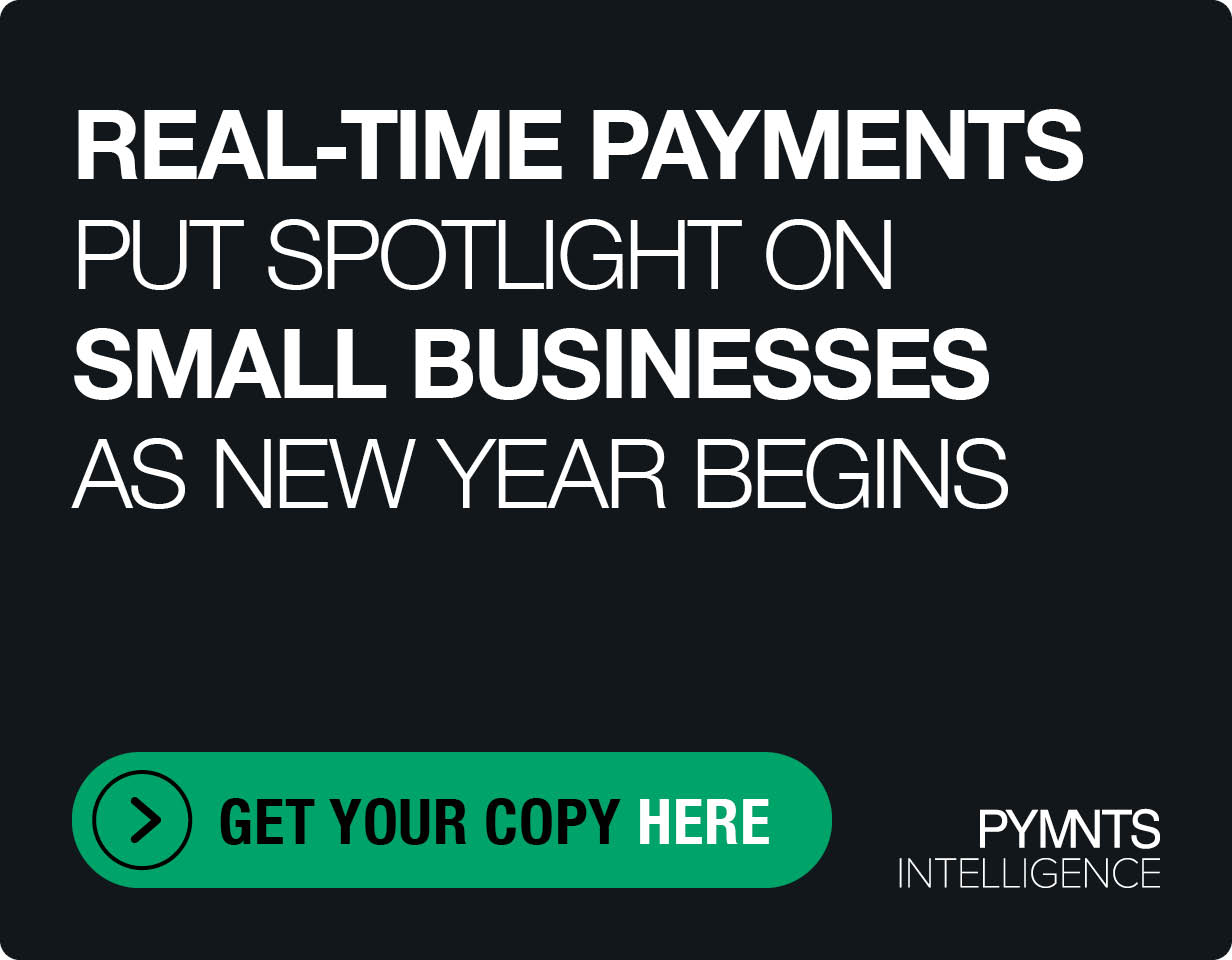Healthcare Represents 20% of GDP That Desperately Needs Payments Efficiency

At more than $4 trillion, healthcare spending in the United States accounts for nearly 20% of gross domestic product (GDP), a far greater share than other Organization for Economic Cooperation (OECD) countries. There are many reasons for this disparity, but inefficiency and ineffectiveness in purchasing and payments loom large among them.
It’s Everybody’s Business
This is a problem not only for the sector itself, but for every sector of the economy. Healthcare costs represent over 7% of payroll costs, money that could otherwise flow into employee or shareholder discretionary income. In addition, public sector healthcare expenditures account for 24% of government spending, imposing commensurate corporate and consumer tax burden. Furthermore, every employee is a patient. Thus, we all have an interest in making the sector more efficient and effective, cutting costs while not only preserving, but perfecting, quality of care.
In practice, that means sparing healthcare professionals and clinical facilities from the cost cutting scalpel in favor of excising inefficiency and ineffectiveness, fraud, waste and supply chain snafus from the system.
Low-Hanging Fruit: Paperwork
While suppliers prefer automated clearing house (ACH) and direct deposit payments, their customers still make up to 85% of their payments by check or other paper-based methods, as reported in the B2B Payments in Healthcare Tracker, a PYMNTS and American Express collaboration.
In part, this is because “healthcare is different,” the Tracker found. A large percentage of healthcare purchasing goes through group purchasing organizations (GPOs). These purchasing middlemen, largely absent from other sectors, add an extra layer of complexity to the digitization equation. Healthcare is a “must-have,” not a “nice-to-have,” which, in combination with the moral hazard of third-party payment (60% of it from the public sector), means that the industry has experienced less pressure to modernize, digitize and automate back-office functions such as purchasing and payments.
The prevalence of third-party payment also means that a substantial fraction of transactions between providers and patients are financially disintermediated by what amount to B2B transactions with payers including Medicare, Medicaid and myriad private insurers such as Blue Cross Blue Shield, Humana and Aetna. Each of these businesses have their own rules and regulations.
While automation and digitization have taken hold in this aspect of the B2B portion of healthcare, there are still substantial friction points. In some cases, payers are known to deliberately impose archaic paperwork or even document fading to discourage certain types of claims.
In essence, financial transactions between healthcare providers and consumers (aka patients) amount to hybrid B2B/direct-to-consumer (D2C) transactions. Companies like Care Credit have stepped into this gap to interject what amounts to buy now, pay later (BNPL) solutions to finance the patient portion of payments, improving cash flow for healthcare businesses and financing benefits to patients. Alternatively, patients have the option to use credit cards to satisfy their financial responsibilities.
Change in the Air
The Inflation Reduction Act likely to be enacted this month includes a striking provision: authorizing the federal government to negotiate Medicare pricing for a limited number of prescription drugs. Pharma had managed to win this battle ever since the enactment of the program in 1965, but now, at least on a limited basis, Medicare will join the ranks of other public sector programs (the Defense and Veterans Affairs departments and Medicaid, the hybrid federal-state program to fund care for patients in financial need) in price negotiations with pharma.
This breakthrough is indicative of renewed government will to overhaul healthcare costs, joining forces with longstanding private sector efforts.
Private sector initiatives have made heavy use of co-pays and other patient pass-throughs which use price elasticity of demand to reduce volume. This is a blunt instrument, which, like cuts to healthcare provider investments, runs the risk of jeopardizing quality.
Thus, the best way forward is to reduce general and administrative expenses in the field. Given that 85% of transactions are still paper based, there is a lot of fat to cut.
For all PYMNTS B2B coverage, subscribe to the daily B2B Newsletter.
